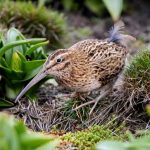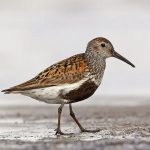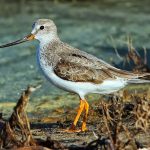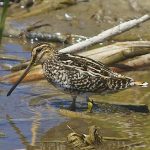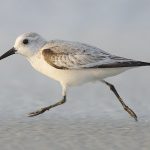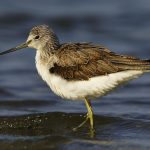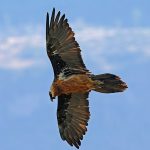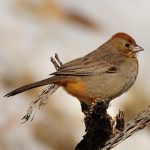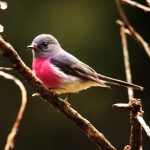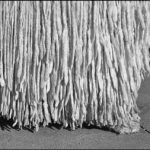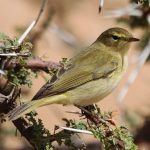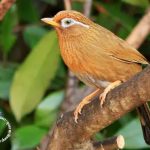Jack snipe
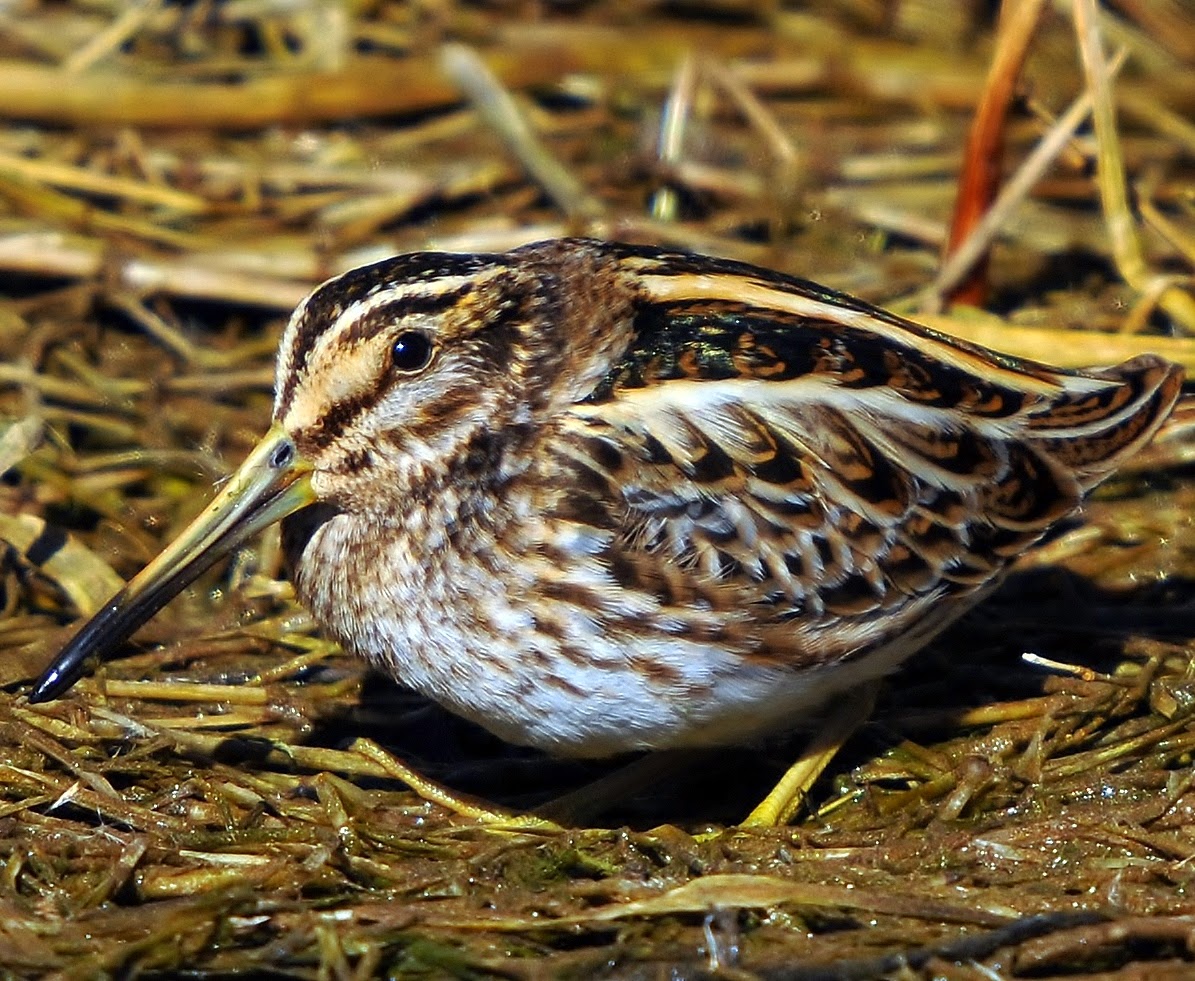
 |
| Photo by Dûrzan Cîrano (Wikipedia) |
Common name:
jack snipe (en); narceja-galega (pt); bécassine sourde (fr); agachadiza chica (es); zwergschnepfe (de)
Taxonomy:
Order Charadriiformes
Family Scolopacidae
Range:
This species breeds in Scandinavia, northern Belarus and in northern Russia as far east as Cherskly. They migrate south to winter in western Europe, around the Mediterranean, in sub-Saharan Africa as far south as Kenya, northern D.R. Congo and southern Cameroon, and also in the Arabian Peninsula, India and south-eastern Asia.
Size:
These birds are 17-20 cm long and have a wingspan of 30-42 cm. They weigh 30-85 g.
Habitat:
The jack snipe breeds in open marshes, floodplains and bogs, in forest tundra and northern taiga. Outside the breeding season they use both fresh water and brackish wetlands, favouring a mosaics of moist and waterlogged mudflats with soft, silty mud and dense of tussocks vegetation, namely in swamps, fens, grassy marshes, the margins of rivers and streams, overgrown flood-lands, sewage farms, rice fields, flooded arable fields, damp pastures and wet meadows.
Diet:They feed on adult and larval insects, annelids, small freshwater and terrestrial gastropods and sometimes seeds.
Breeding:Jack snipes breed in May-September and can be monogamous, polyandrous or polygynous. They nest in a scrape on a marshy sedge bed, lined with sedge stems and leaves. The female lays 4 buff eggs with dark brown markings, which she incubates alone for 18-24 days. The chicks are precocial, leaving the nest soon after hatching. The male and female split brood and care for each group independently.
Conservation:
IUCN status -LC (Least Concern)
This species has a very large breeding range and the global population is estimated to be over 1 million individuals. The overall population trend is stable, although some populations have unknown trends.
